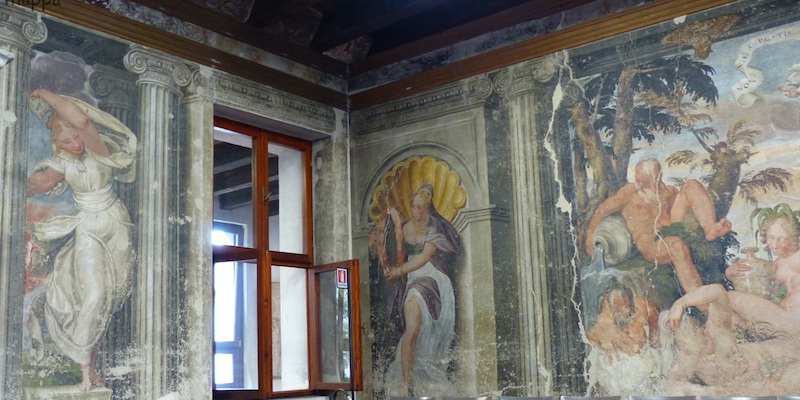The convent complex of San Francesco al Corso dates to the thirteenth century. In 1935, Antonio Avena, director of the civic museums, opened to the public the so-called “tomb of Juliet”. This site, according to legend, is where the sarcophagus holding the bodies of Romeo and Juliet was placed, and it naturally became a tourist attraction.
The annexed “G.B. Cavalcaselle” Fresco Museum, inaugurated in 1975, houses fresco cycles from Veronese buildings dating from Medieval times through the sixteenth century as well as nineteenth-century sculptures, while the church of San Francesco houses grand-scale works on canvas dating from the sixteenth to the eighteenth centuries.
Are you a local? What do you think about Museum of Frescoes Giovanni Battista Cavalcaselle?
Login to suggest it!


